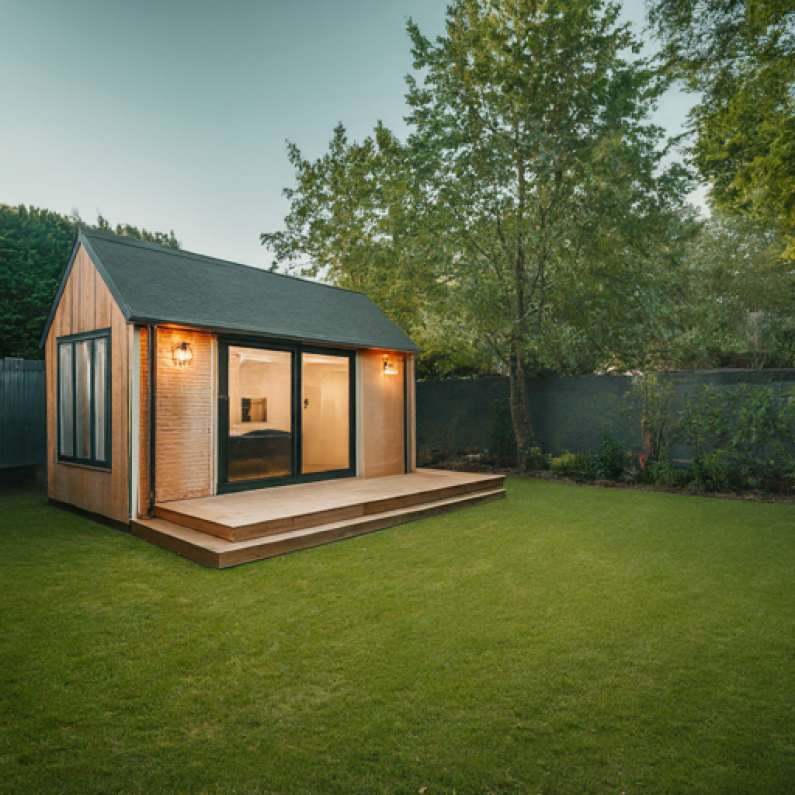Proposed Changes to Granny Flat Rules in NZ

Proposed Changes to New Zealand Building Code: A Boon for "Granny Flats" and Energy Efficiency
The New Zealand government is currently consulting on proposed changes to the Building Code that aim to make it easier to build secondary dwellings, often referred to as "granny flats." These changes, if implemented, could significantly impact the construction industry and provide new opportunities for incorporating energy-efficient building practices, including the use of Structural Insulated Panels (SIPs) from Formance.
Key Proposed Changes
According to the Ministry of Business, Innovation and Employment (MBIE), the proposed changes focus on:
- Simplifying Consent Processes: Streamlining the consent process for secondary dwellings to make it easier and faster to get approvals.
- Relaxing Size Restrictions: Allowing larger secondary dwellings than currently permitted under existing regulations.
- Promoting Energy Efficiency: Ensuring that new secondary dwellings meet higher energy efficiency standards, in line with updates to the H1 Energy Efficiency requirements.
Implications for the Construction Industry
These changes could lead to an increase in the construction of secondary dwellings, providing a boost to the housing market and offering new opportunities for builders and developers. The focus on energy efficiency aligns with broader trends in sustainable building practices and offers an excellent opportunity to promote the benefits of SIPs.
Benefits of Using Formance SIPs
Formance SIPs are an ideal choice for constructing energy-efficient secondary dwellings. Here’s why:
- Superior Insulation: SIPs provide excellent thermal performance, helping to meet and exceed the new H1 Energy Efficiency requirements.
- Quick Assembly: The prefabricated nature of SIPs allows for faster construction times, aligning with the streamlined consent processes.
- Sustainability: SIPs are a sustainable building material, reducing the environmental impact of construction projects.
Energy Efficiency and Compliance
The updates to the H1 Energy Efficiency requirements, which are part of the Building Code changes, emphasize the importance of better insulation and energy performance in buildings. This includes improved thermal resistance and airtightness, which are key features of Formance SIPs. Builders can utilize MBIE's guidance to ensure compliance with these new standards.
How to Have Your Say
The consultation process is open to the public, and stakeholders are encouraged to provide feedback on the proposed changes. You can submit your views and contribute to shaping the future of housing in New Zealand by visiting the MBIE submission page.
Conclusion
The proposed changes to the New Zealand Building Code represent a significant shift towards more flexible and energy-efficient building practices. This is a golden opportunity for builders and homeowners to adopt advanced building materials like Formance SIPs, which offer superior performance and sustainability. Stay ahead of the curve by integrating these innovations into your projects and contribute to a more efficient and sustainable future in New Zealand’s construction industry.
Contact Us!






